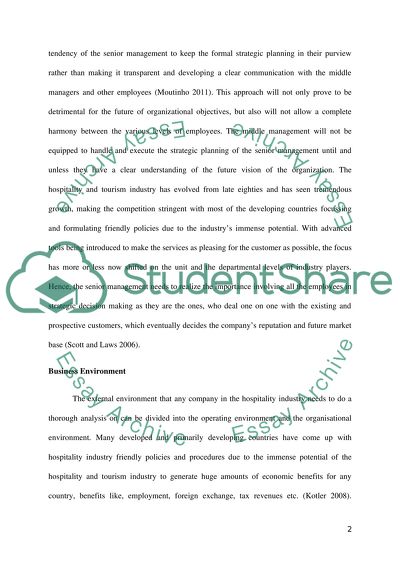Cite this document
(“Hospatility and Tourism Strategic Managment Essay”, n.d.)
Retrieved from https://studentshare.org/tourism/1396324-hospatility-and-tourism-strategic-managment
Retrieved from https://studentshare.org/tourism/1396324-hospatility-and-tourism-strategic-managment
(Hospatility and Tourism Strategic Managment Essay)
https://studentshare.org/tourism/1396324-hospatility-and-tourism-strategic-managment.
https://studentshare.org/tourism/1396324-hospatility-and-tourism-strategic-managment.
“Hospatility and Tourism Strategic Managment Essay”, n.d. https://studentshare.org/tourism/1396324-hospatility-and-tourism-strategic-managment.


